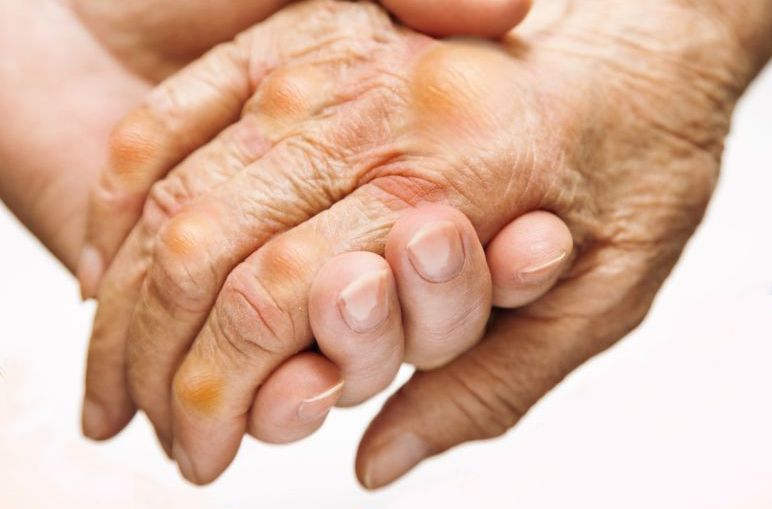What is Gout?

Gout is an arthritic disease which is caused by the accumulation of uric acid crystal in small joints
Hyperuricemia is the underlying cause of the Gout. In Ayurveda Gout is known as Vatrakta. In vatrakta the vitiated vata is combined with the blood and accumulates in small joints, which leads to shool (pain) and shoth (swelling) in joints
Hyperuricemia is a condition in which there is increase in the Uric acid level in the blood (concentration > 7mg/dL in men or > 6mg/dL in women). Uric acid is a chemical created when the body breaks down substances called purines.
Purines are found in some foods and drinks. The uric acid dissolves in blood and travels to the kidneys, from there, it passes out in urine. If your body produces too much of uric acid or doesn't remove enough of it, you can get sick. A high level of uric acid in the blood is called Hyperuricemia.
When Hyperuricemic conditions further are not treated, then the elevated level of the uric acid starts depositing in the joints, usually in small joints. Uric acid crystals may also deposit under the skin, forming a lump that can sometimes be felt on the outside of the body. This is called a “tophus”. As uric acid crystals enter the joint, they may trigger the development of inflammation. The affected joint becomes red, swollen and extremely painful and tender and the condition is called Gouty arthritis. Few things are as painful as a severe attack of gout
Gout is usually diagnosed on the basis of its distinctive symptoms and an examination of the joint. An acute attack of gout often develops during the night or early hours of the morning and reaches a peak within a few hours so that, with an affected foot, it is impossible to tolerate even the touch of bed clothes. The skin may be red and shiny and the inflammation may be so severe that the skin may peel
A mild fever, a loss of appetite and a feeling of tiredness can also accompany acute attacks of gout. An untreated attack generally lasts for a few days. Some people never experience another attack. If the uric acid level remains high most will have a second attack between six months and two years after the first. Subsequently, attacks become more frequent more prolonged and may result in joint damage if the uric acid level is not controlled.